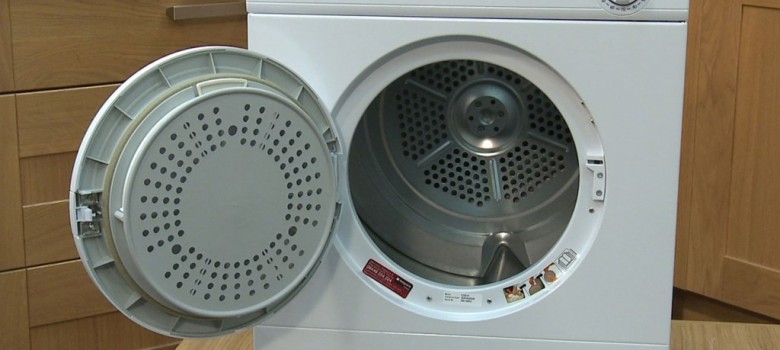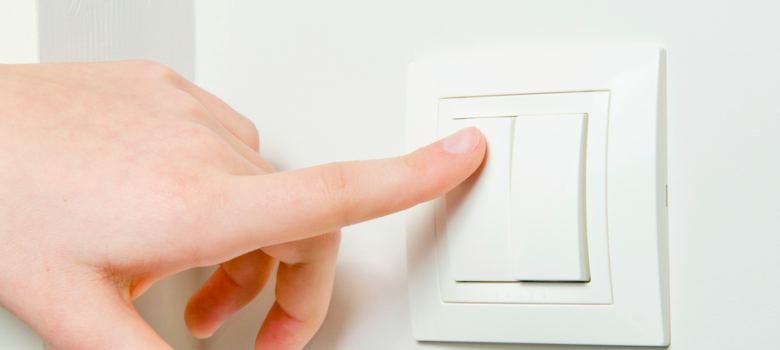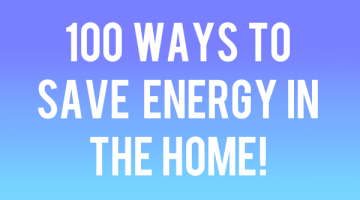
Tumble dryers are energy intensive – we all know that. It is one of the few appliances we ask about as part of a Green Deal Assessment, above items such as computers, TVs, Dish washers and a number of other devices. Since they use lots of energy, it goes without saying they are going to be expensive to run – but just how expensive?
What are the costs of running a tumble dryer?
Like many white goods, dryers come with an energy rating from A to G. A highly efficient dryer will cost on average around £30 a year to run, compared to over £100 for a C rated dryer. The average dryer on the market today will cost £50-60/year to run.
The price of a dryer varies greatly, and price on its own does not dictate efficiency. What is clear that if you expect to use your dryer regularly, getting an efficient one is a no brainer. Even saving £50 a year will pay for the cost of the dryer within its life time. That being said, if you can survive without a dryer in the first place, things are going to be cheaper!
The dilemma of how to dry
It is a tricky one – we are told not to use a tumble dryer because of the energy consumed – but then we only have 2 options: To dry clothes on a clothes line, or to dry inside on a rack or radiators. With the British weather being what it is, the clothes line is not always a possibility, and that means creating lots of condensation in the home. Condensation from drying clothes can cause damp problems and isn’t particularly healthy.

If you are drying indoors, open your windows to let the moisture out. This is really important as otherwise you will end up having damp problems and create an unhealthy atmosphere in the home.
Top tips to keep help lower your dryer costs
- It uses less energy to spin water out of clothes than it does to dry them in a dryer. Of course, you can’t get the clothes completely dry using a spin cycle, but it is worth spinning for a bit longer than you would normally if you are going to use a dryer to dry them.
- Try to do fill your dryer up to capacity rather than doing lots of smaller loads – this uses a lot less energy.
- Make sure your clothes are separated and not tangled up when you load the dryer. Allowing the air to circulate and get to all the surfaces of the clothes.
- Try to put similar materials together in a load. Lots of different types of clothes will have different drying times, so ensuring you pair the right items, makes the cycle more efficient.
- Make sure you site the dryer in a warmer part of the home, rather than a garage or utility room. This means the dryer doesn’t have to work as hard to warm the air up.
- Make sure the air inlet is free from obstruction and clean the lint filter after every cycle.
Tumble dryers are energy guzzlers. Whatever model you get, if you use it regularly it will put your bills up significantly. So try to use it as little as possible and follow those tips if you have to use one!
Think we missed something? Do you have a different opinion?
Comment below to get your voice heard…













Thinking about what you wash is also important. If something isn’t dirty – why wash it?
Great article! Tumble dryers can cost a small fortune to run. Did you know that a dehumidifier can draw out just as much moisture as a tumble dryer at a faction of the running cost?
Exactly how is £50-£100 a year “a small fortune”?? And ‘guzzling’ electricity?? Why don’t you just eliminate electric lighting as well – can’t you just do all your activities in daylight hours? And your electric kettle costs more to run than your fridge per annum. I’m sure you’d save so much electricity just to get rid of your fridge. How has this myth ca out dryers come to be so entrenched here in the UK?
stupid comment. There are numerous ways to dry washing rather than sitting in a sauna with all the windows steamed up. u r a nob.
Hi Alan,
I think the reason most people see tumble dryers as energy guzzling is that they are for most people, not a necessity. Where a fridge is something few can do without, a dryer certainly is. Its not so much the amount of energy, more the need for it I think.
Hi I agree with Alan,100 quid today is nothing,spread over a year that’s 0.27 pence a day? It’s simple you either use a dryer or pray for sunny weather (some hope) or have damp washing all over the house,if you can’t afford to run a dryer then don’t buy one,live in the dark ages and beat your wet clothes over a rock in the garden,and yes I run a 4×4 and have a huge tv,you buy and run what you can afford
I run a very energy efficient home, and £100 pa is nearly a third of my entire annual bill
You totally fail to mention IRONING.
One GOOD thing about tumble dryers is that their action softens the fabric, whereas hanging up to dry can make clothes very scratchy/brittle.
One BAD thing about tumble dryers is that the tend to cause lots of creases in the fabric if the tumble dryers are allowed to leave the fabric (e.g. shirts) to cool in the creased-up state. Modern tumble dryers often have “anti-crease cycles” keep the clothes moving intermittently as they cool off. But with a fairly full load, terrible creasing will result. And this will make ironing take longer (wasting both time and energy).
I am told that one possible solution is to buy “non-iron” / “drip-dry” clothing e.g. shirts. My own “non-iron” pure cotton shorts lose this after a while. So I am looking into better/alternative materials to cotton.
Any comment?
I find if cloths are folded or hung whist warm and not bone dry ,that there is no need for ironing .
Our old, vented tumble dryer recently died – so we did a load of research into which is the cheapest and most energy efficient way to dry clothes indoors. Once we crunched the numbers, the result was actually quite surprising. We wrote up our findings here: https://thriftyparent.co.uk/home-household/cheapest-way-to-dry-clothes-indoors/